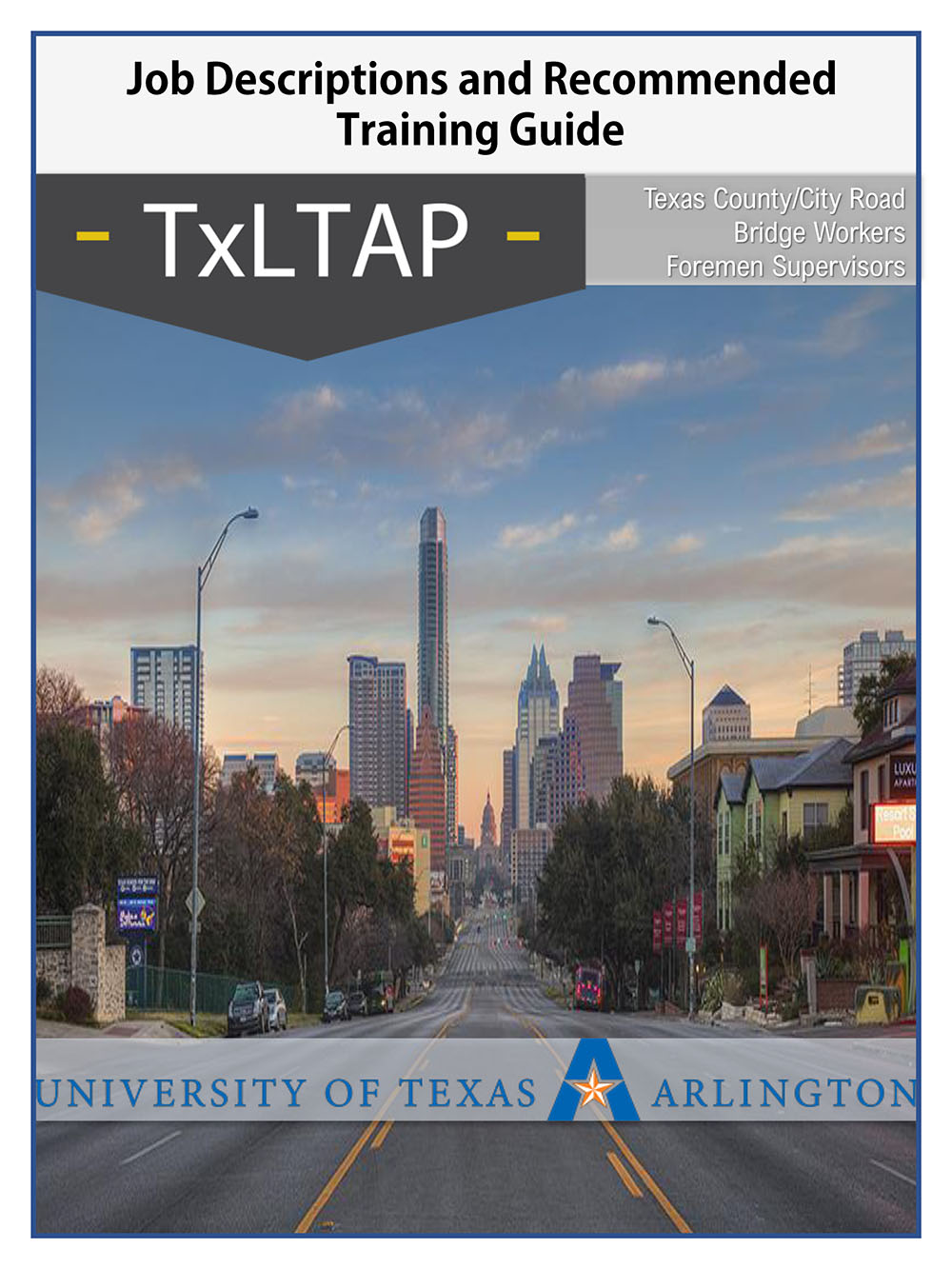
STICs Support Innovation Deployment
Across the country, State Transportation Innovation Councils (STICs) are boosting adoption of innovative technologies and practices. Read more to learn about recent successes reported by STICs in Colorado, Missouri, Pennsylvania, Puerto Rico, and Texas.
Colorado’s Lean Everyday Ideas
Colorado’s STIC helped support Lean Everyday Ideas (LEI) at the Colorado Department of Transportation (CDOT). CDOT’s LEI initiative aims to inspire and spread process-improving innovations. The program encourages CDOT employees to identify a problem or opportunity, develop a solution, test their innovation, and apply the change. These innovations are then shared throughout CDOT and promoted publicly so that peers at other transportation agencies who might have the same challenges can use them as well.
CDOT used STIC Incentive funds to help replicate improvements such as paperless workflows for fuel tracking, a t-post puller for roadside maintenance, and 2D hydraulic modeling. Over the past 8 years, CDOT has used LEI to implement hundreds of these types of innovations. Stories and instructions for borrowing more than 340 of them are posted on CDOT’s Idea Cards webpage.
CDOT’s Lean Everyday Ideas program helps staff share improvements they have implemented.
Credit: Colorado DOTMissouri’s Maintenance Management System
Missouri DOT (MoDOT) launched phase I of its Maintenance Management System (MMS), a web-based enterprise system to schedule work. Prior to the MMS, MoDOT maintenance staff used pen and paper and eight different software programs to document the agency’s maintenance activities, which then had to be compiled into a statewide report.
To create a more efficient system, MoDOT established a steering committee that gathered information from field staff for a better understanding of the complexities of collecting maintenance activity data. Additional teams were established to gather requirements, design, develop, implement, and support the custom system. Maintenance staff can now quickly enter their activities, equipment, and materials used each day into the MMS. This data can then be seen at the State level for enhanced decision-making. The MMS also interfaces with other MoDOT systems such as financial, human resources, and payroll.
About 3,000 MoDOT maintenance staff—60 percent of its workforce—use the MMS daily. The agency estimates the MMS so far is saving about 65,000 staff hours per year, which results in a return on investment of about $2.73 million annually.
Pennsylvania’s Virtual Innovation Week and Exhibit Hall
The Pennsylvania STIC developed new methods to maintain engagement and keep projects moving during the pandemic in lieu of in-person events. Through PennDOT’s first Virtual Innovation Week, the STIC promoted innovations such as bridge deck link slabs, unmanned aerial systems, and e‐Ticketing.
Nearly 1,000 individuals participated in at least one virtual event session, with an average of more than 200 attending each. Session recordings were made publicly available as an Innovation Week playlist on PennDOT’s YouTube channel.
The Virtual Innovation Week also included a virtual exhibit hall with more than 50 innovative tools, materials, applications, and technologies. Eighteen exhibits showcasing STIC and EDC innovations were developed for the event. During the first 3 months after going live, the virtual exhibit hall webpage received nearly 2,000 pageviews.
Puerto Rico’s Innovation Newsletter
Puerto Rico’s STIC (PRSTIC) developed a new digital magazine called “Puerto Rico STIC Innovation.” The magazine promotes EDC round 6 innovations and keeps transportation professionals informed on proposals and projects the PRSTIC has approved, such as a recent STIC Incentive project to acquire hardware to improve the security and resiliency of the island’s intelligent transportation system network.
PRSTIC is also using the magazine to promote virtual technical trainings and summits on topics associated with emerging technologies related to EDC and other areas. The magazine is published every 6 months and distributed through State and Federal agencies and professional organizations that are members of the STIC.

Texas used STIC Incentive funding to produce a workforce guide to help locals recruit and train road and bridge personnel.
Credit: Texas Local Technical Assistance ProgramTexas’ Workforce Guide
The Texas STIC used STIC Incentive funding to help the State’s Local Technical Assistance Program (TxLTAP) develop a new workforce guide. The “Job Descriptions and Recommended Training Guide for Texas County/City Road & Bridge Workers, Foremen, and Supervisors” is part of a strategic workforce development project aimed at helping fill highway construction jobs.
TxLTAP had found that many Texas cities and counties did not have road and bridge personnel job descriptions on hand, or what they had was outdated, and they were not widely aware of the zero-cost training available for those positions. The guide helps fill this need by supplying industry job descriptions and recommended training courses offered by TxLTAP, the American Association of State Highway and Transportation Officials, and the Texas DOT.
Preliminary feedback from local agencies indicates the new workforce guide represents a large cost savings versus developing something similar themselves. Developing the guide also helped TxLTAP increase engagement. Of the 28 counties involved with the project, 19 were new to using TxLTAP’s services.
Notice: The U.S. Government does not endorse products or manufacturers. Trademarks or manufacturers’ names appear in this article only because they are considered essential to the objective of the document.
Recommended Citation: U.S. Department of Transportation, Federal Highway Administration - Washington, DC (2022) Innovator Newsletter, March/April 2022, Volume 15 (89). https://doi.org/10.21949/1521807



